Table of Contents Show
In popular culture, there are several versions of zombies, including The Walking Dead, Night of the Living Dead, and “The Last of Us,” as well as several others. They can range from being “undead,” to “the living dead,” to “zombies,” or even “walkers.” However, most of the time, they are portrayed as inhuman or “half-dead.” The films tend to focus on the struggle between them (the zombies) and the living. Amongst those zombie films is Danny Boyle’s 28 Days Later. What sets Danny Boyle’s 28 Days Later (2002) apart from the rest is his inherent focus on human qualities; the film focuses on human struggles in a zombie apocalypse-type setting, further elevating his film in the “zombie genre.” Boyle’s concept of rage as a unique and human quality spreading like a zombie disease gives the film incredible depth.
28 Days Later: The “Rage” Disease
Every zombie film has its own version of ‘the zombie;’ many directors have been inspired by George Romero’s Night of the Living Dead (1968), where zombies are dead, slow-moving, and can only be killed by destroying the brain by a gunshot or a hard hit to the head. Night of the Living Dead‘s zombies bite the living for the sole purpose of eating them. Boyle’s zombies in 28 Days Later are living people infected by a blood-born disease called Rage. These “infected” are fast-moving, agile, and extremely violent, allowing Rage to spread incredibly fast. The infected do not seem interested in eating their victims, just spreading the virus in various gruesome ways.
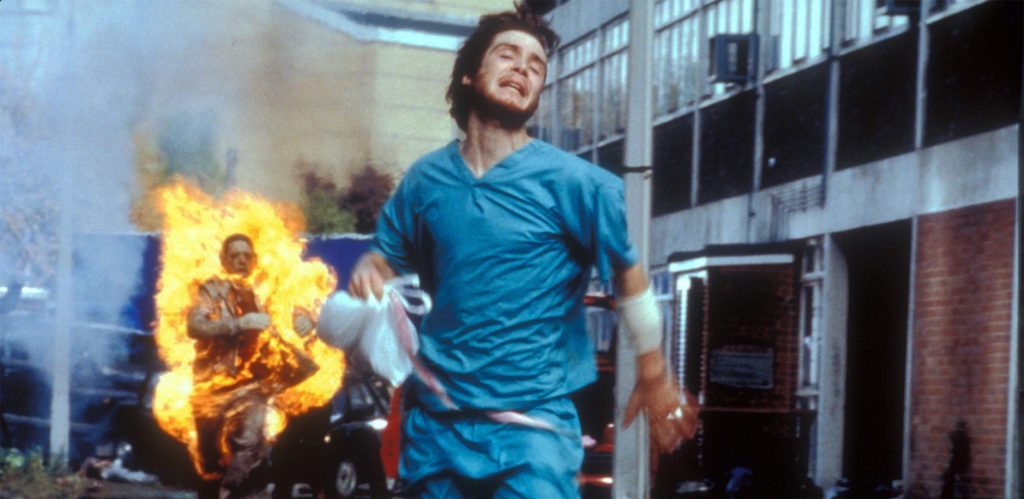
Additionally, since the infected are still living, they can be killed in the same way a regular human can; this is easier said than done. The infected are incredibly strong and relentless. More important than these basic zombie characteristics is the way in which Boyle’s zombies maintain many human characteristics. The infected are not necessarily an “other” like they are in many zombie movies. They are people, priests, neighbors, family, and friends. Perhaps most importantly, their main trait is a very human one: Rage.
The ‘Virus’ Of Danny Boyle’s 28 Days Later (2002)
Boyle introduced the Rage virus through a chimpanzee, its original host. The chimps have been forced to watch footage of acts of human violence such as protests, wars, and revolutions. This helps establish early that humans are capable of incredible acts of violence even before they experience the Rage virus. When Jim, played by Cillian Murphy, investigates the city, he finds a church filled with piled-up dead bodies. Soon after, Jim is attacked by a priest who has become infected. Selena and Mark later describe situations where they have lost loved ones to Rage. This shows how the virus can affect anyone and everyone and mirrors the way that any person can be overcome with rage or anger. The speed at which the virus is spread also mirrors real-life scenarios.
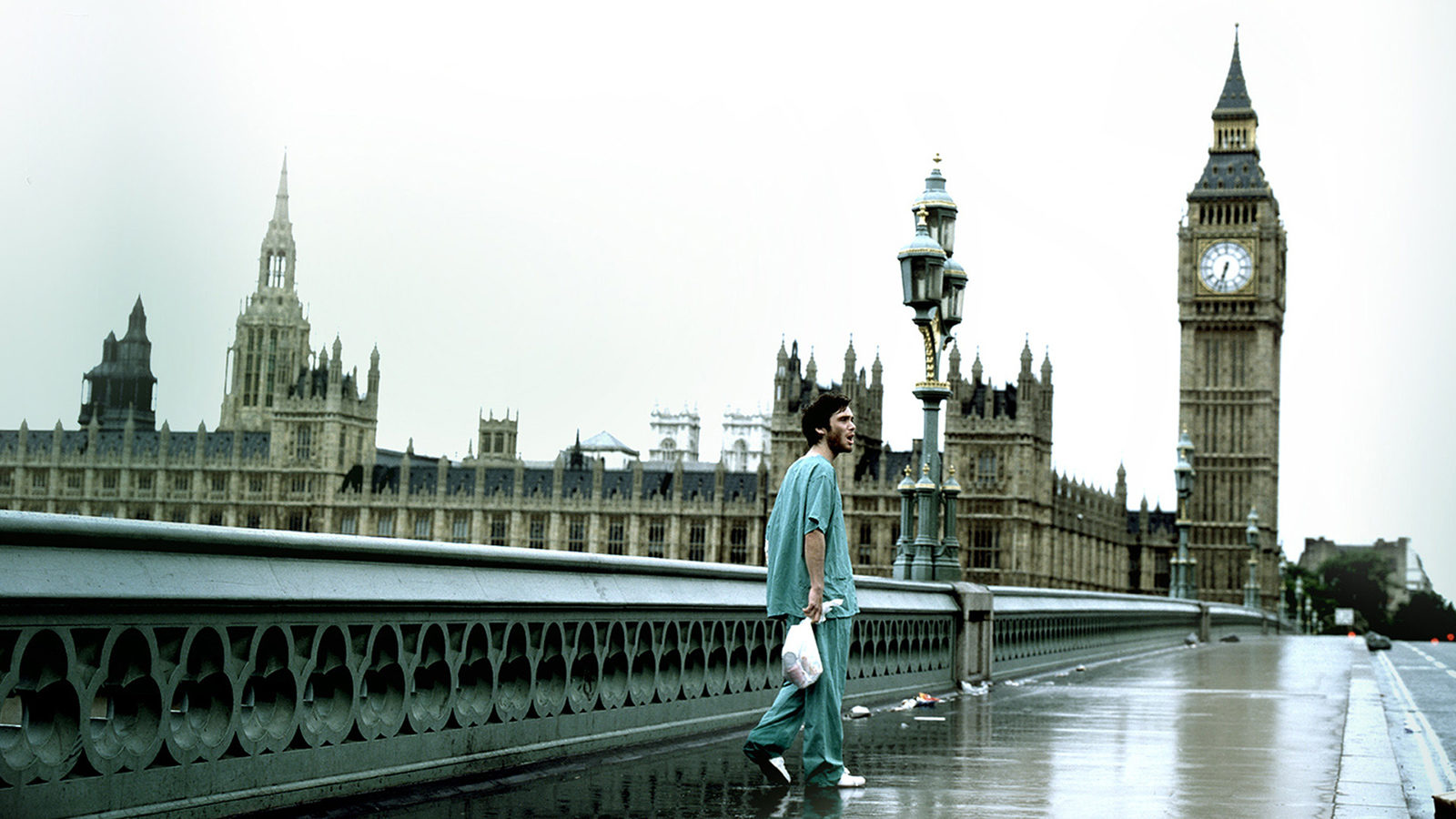
One person’s rage and anger can easily escalate and cause others to become enraged as well. Midway through the film, we see Frank lose his temper when they find no one at the blockade. His rage at this moment leads him to kick the fence, which causes the blood droplet to fall into his eye, which is how he becomes infected. Rage has adverse effects; rage leads to Rage in this scenario. Major West makes an interesting point about the conditions that Rage has created in society. He says that he sees what he has always seen, “people killing people.” The behavior he is observing now is no different from how humans interacted before; only the reason for the killing has changed. When infected enter the mansion grounds, it even sounds like a modern-day warzone.
He essentially suggests that it is human nature to kill each other, that this is considered “normality.” The soldiers’ behavior is a demonstration of the human capacity for violence. Many of them, especially Jones, find joy in killing the infected as if it is a game. Jones also jumps at the chance to kill anyone who goes against his plans to assault Hannah and Selena, and he even wants to stab them instead of a quick bullet. Once again, their behavior reflects the infected; when Jim and Farrell try to stop the other soldiers from attacking Selena and Hannah, they all circle and attack the pair.
How The Rage Virus Leads To Jim’s Evolution
The most important aspect of the focus on rage is how it affects the main character, Jim. The effects of Rage on the infected are obvious, and the soldiers allow rage and violence to dictate their behavior. However, Jim’s relationship with rage and violence is very different and evolves throughout the film. Jim enters the post-apocalyptic world completely clueless and hopeless. Once he encounters his first infection, he relies completely on Selena and Mark to survive. His naivety shows when he thinks he can walk to his parent’s house and find them alive and well, only to be devastated to find them otherwise, unfortunately deceased. Jim’s first act of violence is striking the priest with his bag of soda. He does this purely out of fear, and he experiences guilt immediately after.
His next one is slightly different; while getting gas, Jim goes into the gas station and seeks out an infected person. This is almost a way of proving to himself that he can hold his own against the infected. It is also his first real expression of rage and violence. After this, Jim has a dream where he is abandoned by the group, alone in unfamiliar territory just as he is in the beginning. In this dream, sheep in the field seem to flee from Jim just like the rats flee from the infected. This foreshadows his full descent into his own rage by the end of the film. Once Jim escapes from the soldiers, he allows his rage to overtake him in order to rescue Selena and Hannah completely. At this point, his behavior begins to look indistinguishable from the infected.
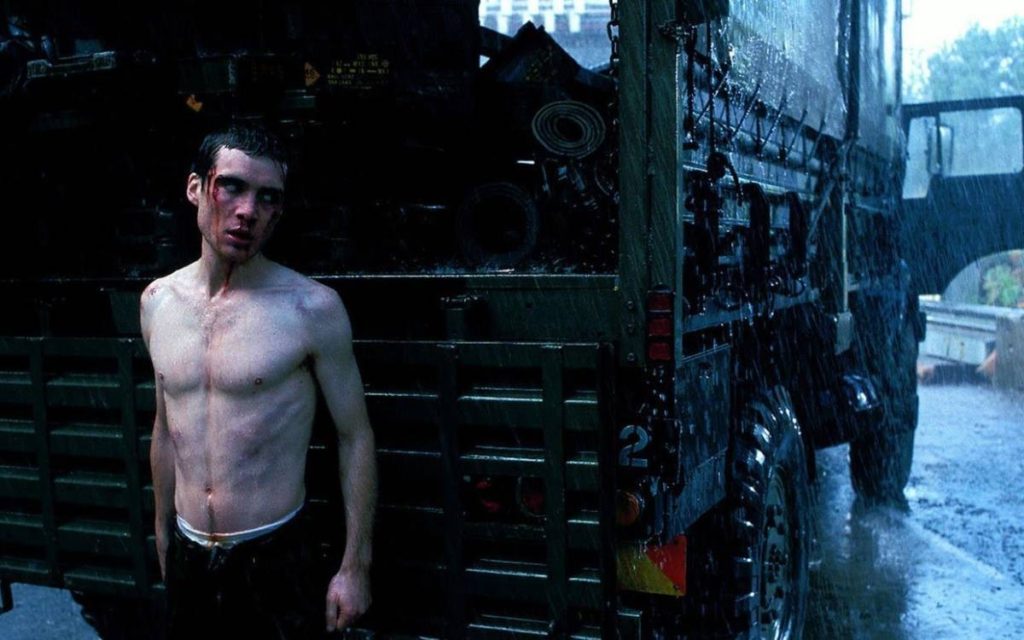
As he kills the soldiers, he is covered in both their blood and his own, and he kills many in extremely violent and gruesome ways. He screams and charges at them, stabs one, and even gouges Jones’s eyes out. His transformation is so dramatic that Selena and Hannah even think he might be infected at first. However, one thing that differentiates him from the soldiers and the infected is his overall morality and control over his rage. Earlier in the film, Jim says he would not leave Frank and Hannah behind because they are “good people.” Selena points out that looking out for these “good people” will only slow you down or get you killed. However, this is one thing Jim remains consistent on until the end of the film. He refuses to leave Selena and Hannah behind, and he is able to reign in his rage once they are safe.
The Importance Of Human Relationships In 28 Days Later
Another of Boyle’s main focuses in 28 Days Later was the importance of human relationships, especially in a survival situation. Selena’s attitude towards these relationships changes as the film goes on. When we meet Selena, she is in full survival mode and clearly has experience killing the infected; she has developed a partnership with Mark, but she does not hesitate to kill him once he is infected to save herself. At this point, her main priority is survival and self-preservation. She even acknowledges the stupidity of a romantic relationship in this situation. Things begin to change for Selena when she and Jim meet Frank and Hannah. She sees that the father-daughter relationship between them has kept them alive and hopeful.
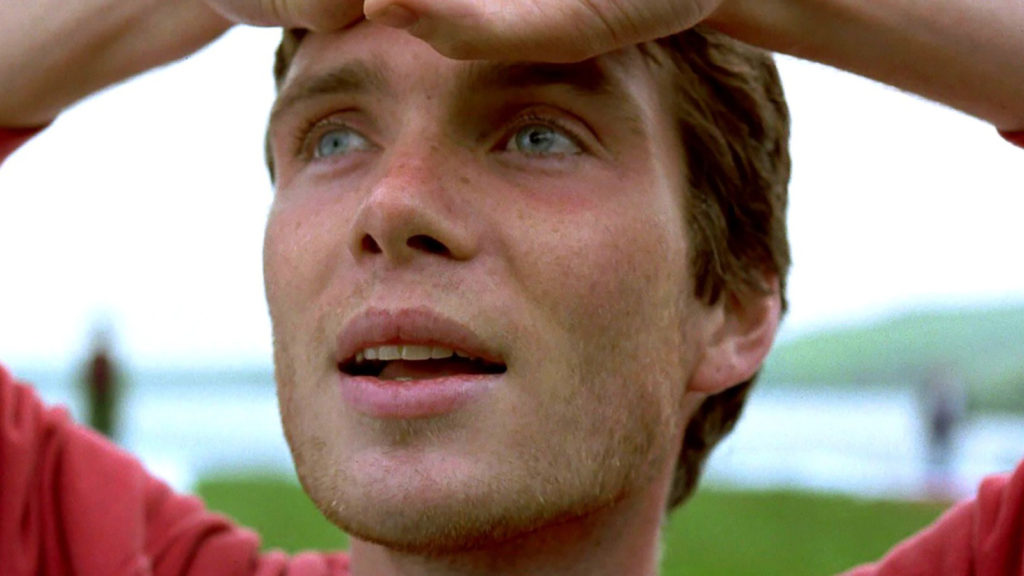
Still, she sees that Frank and Hannah need her and Jim more than they need them. She tells Jim that she wouldn’t hesitate to cut ties with them if it means survival, no matter how “good” they are. Her opinions seem to change on this issue after their picnic. She realizes that meaningful relationships give this life a purpose beyond survival. She accepts these potentially meaningful relationships with Frank and Hannah and a potential romantic relationship with Jim. She is devastated over Frank’s death and what it means for Hannah; she has an overwhelming desire to make sure that Hannah is okay. Selena fully accepts these relationships when Jim holds to his word and comes back for her and Hannah, saying:
“it’s not all f***ed.”
We also see how these relationships change Jim by the end. 28 Days Later ends the same way it began, except the situation has changed. Jim wakes up alone, but this time his loved ones aren’t too far, and he is full of hope.
The Timeliness Of Boyle’s 28 Days Later (2002)
In 2021, 28 Days Later has become relevant and timely in a different way. As all of us experience a global pandemic and quarantine, the parallels in this film become clear. The world has been in disarray since March 2020 as governments struggle to find the correct course of action. In the film, Mark and Selena tell Jim there is no government. In the beginning, Jim walks through empty, lonely city streets. When the pandemic first hit, most of us were stuck at home, so there was a similar empty feeling across the country. The shopping spree scene especially resembles the early days of the pandemic. Nearly everything was shut down except for grocery stores and other essential businesses, so when we got to go to the store after being stuck in the house for weeks, it was a big deal.
Just like the characters in 28 Days Later, we are all seeking a return to normality after such an ordeal. Slowly, we are headed back in that direction, and with hope, we will have a return to normality.
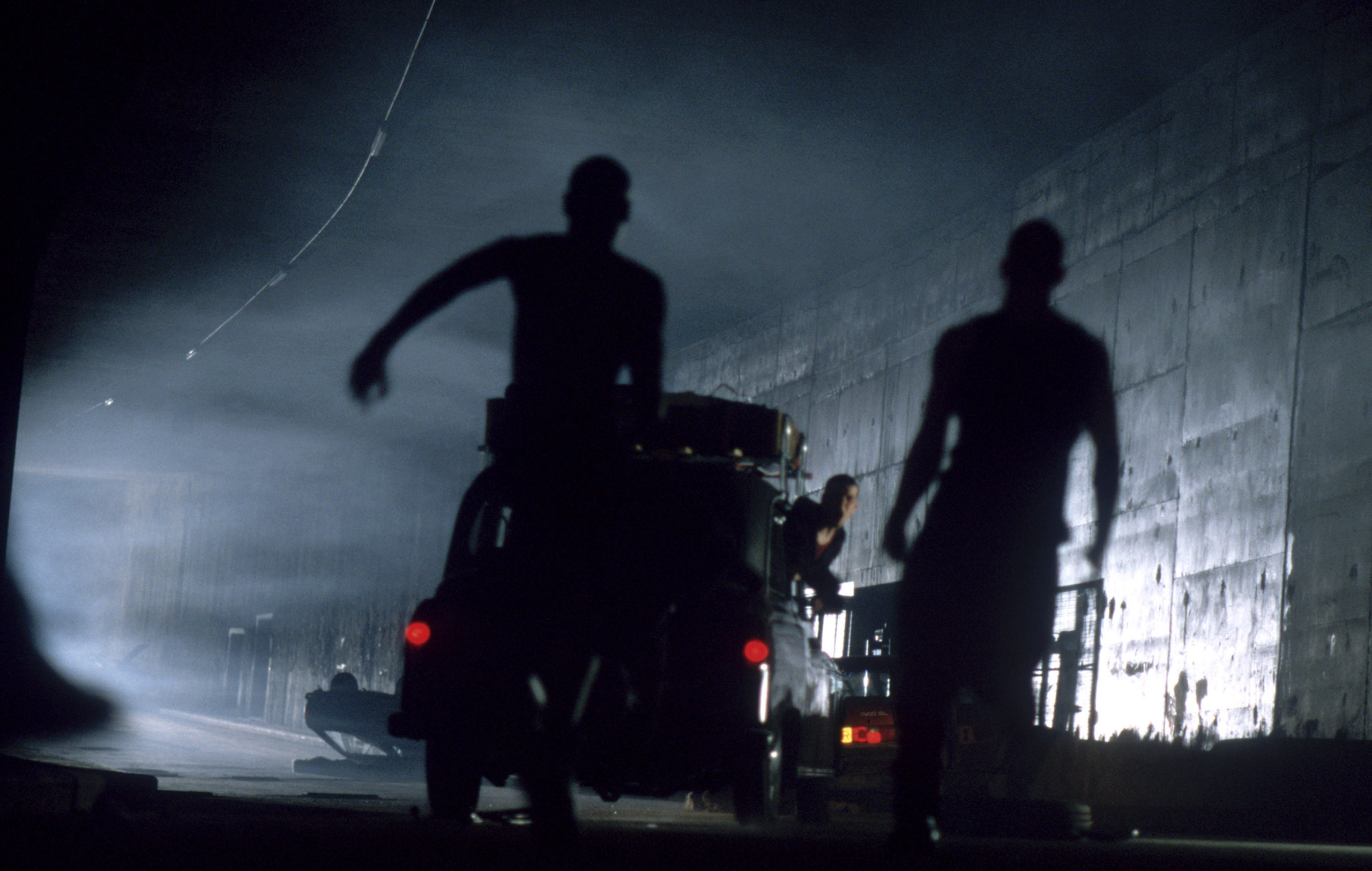
Great article and analysis Sam!